Artist Profiles
1. Edward James Muybridge
Edward James Muybridge was born on April 9, 1830. Muybridge took on photography full-time in San Francisco. He set out to record the landscapes of the West with his mobile darkroom, producing a variety of panoramic pictures. Some of his most famous works include photographs of Yosemite and Alaska.
Edward Muybridge, Animal Locomotion, 1887
Muybridge became very famous for his animal locomotion series, capturing the movement of various different types of animals. This series is shown in different frames, to highlight the movements overtime.
Muybridge became very famous for his animal locomotion series, capturing the movement of various different types of animals. This series is shown in different frames, to highlight the movements overtime.
In the late 1800s, Leland Stanford contacted Muybridge to help settle a bet. There was debate over whether all four hooves of a running horse left the ground at the same time had raged on for years. In 1872, Muybridge photographed a galloping horse in a sequence of shots, beginning his career in motion photography. In 1877 he used a battery composed of multiple cameras and a special handmade shutter which gave an exposure of 2/1000 of a second to finally perfect his motion photography.
Edward Muybridge, Animal Locomotion
Muybridge impressively captured the horse's movement with his fast hand-built camera. This piece is also shown in different frames, to highlight the movements overtime. Slide 2-4 show that the horse lifts all of it's hooves when galloping
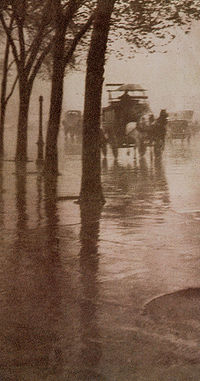











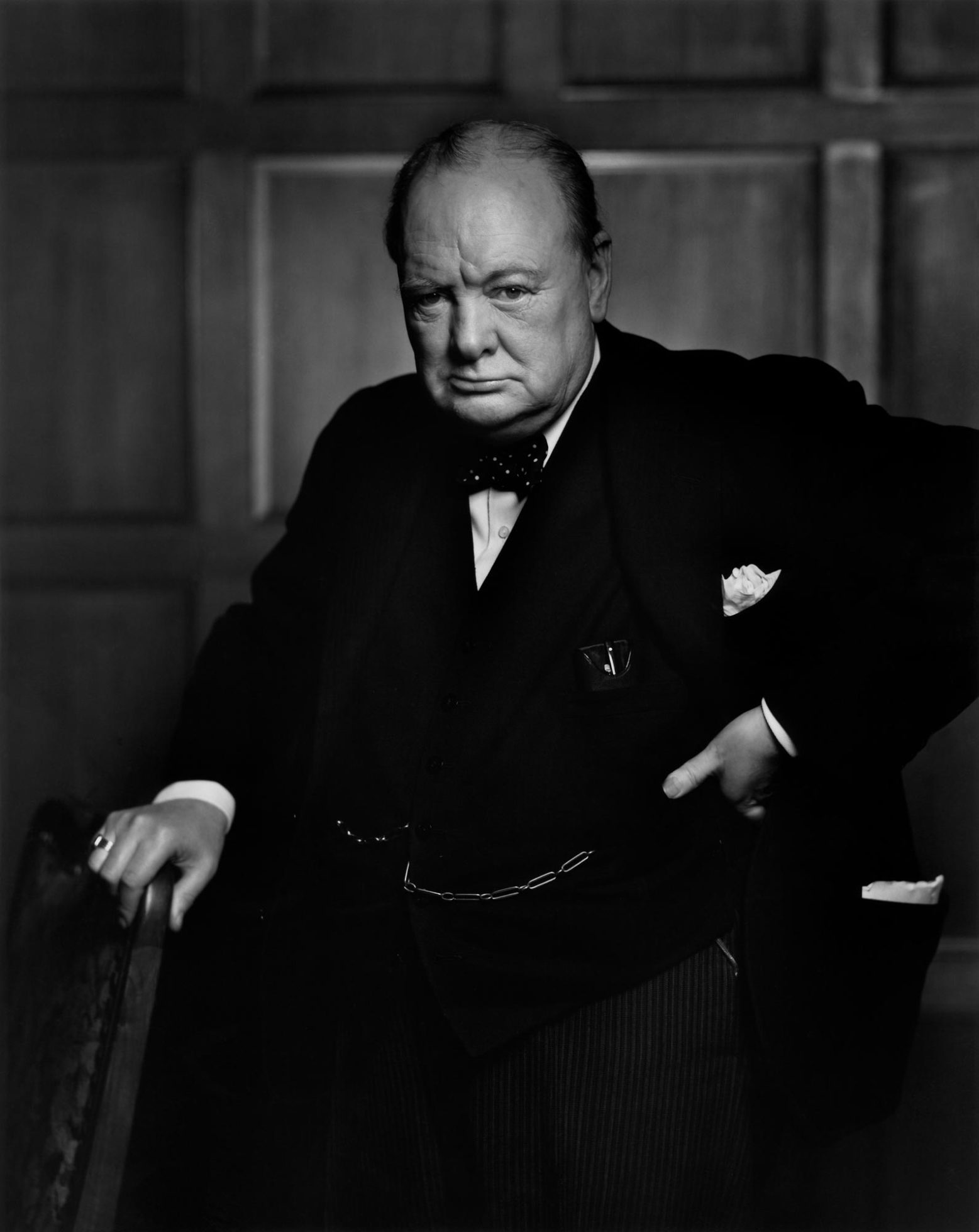
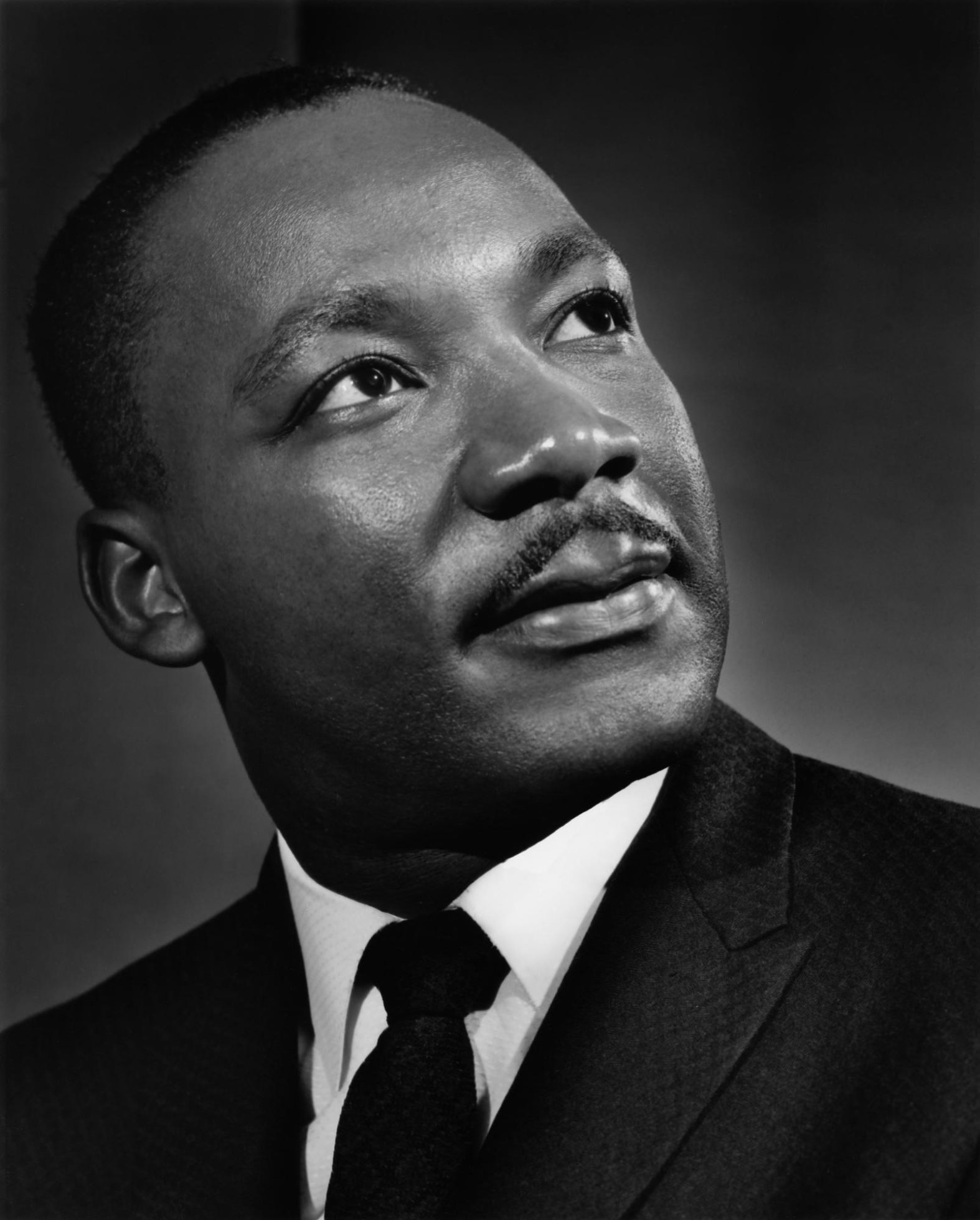
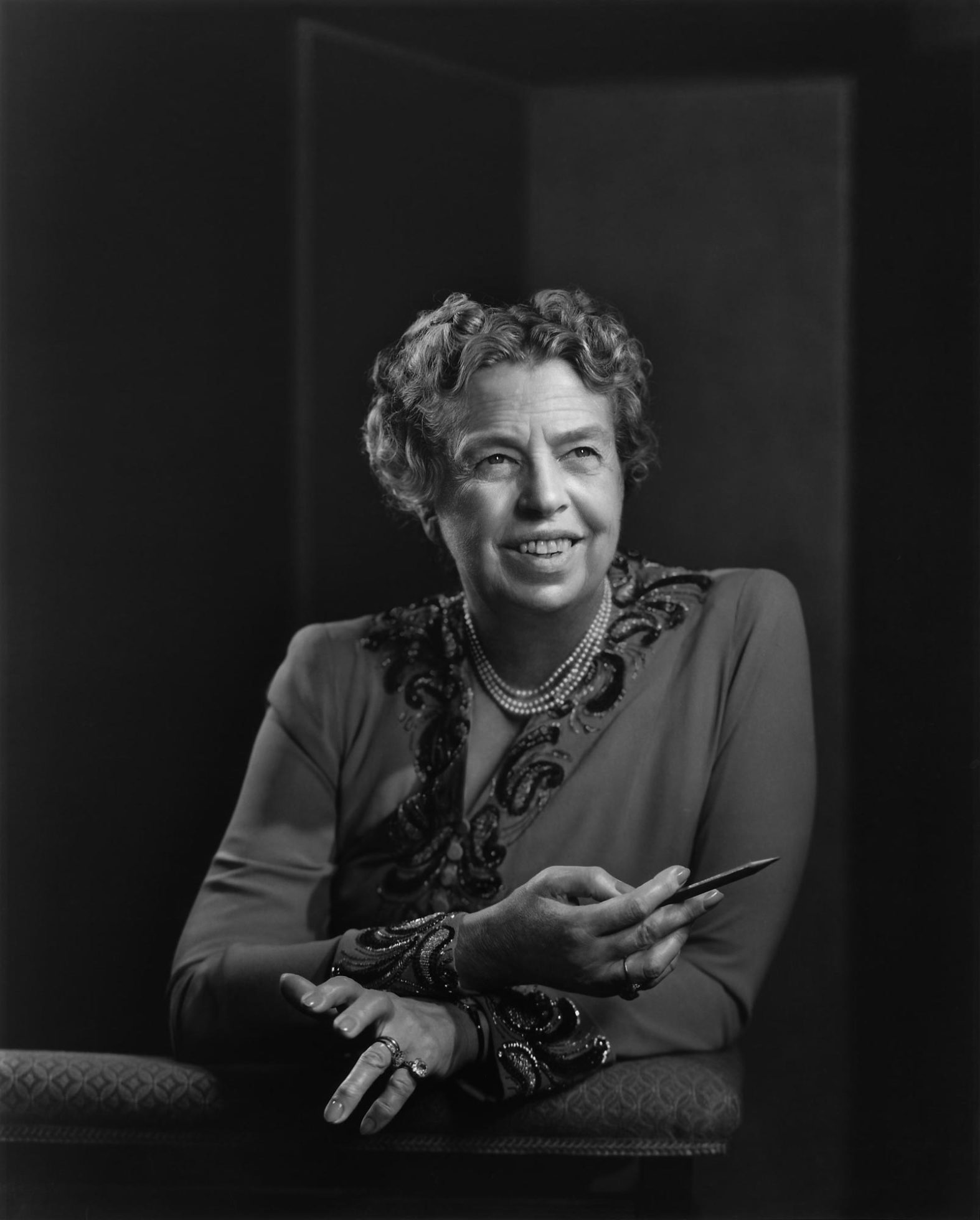


Red Jackson with His Mother and Brother by Gordon Parks

Red Jackson by Gordon Parks
Sources: The Gordon Parks Foundation

Fall New York, 1953
This photo shows a man walking on crutches being helped by policemen and a man dressed in a suit and passerbyers on the street observing the scene. This photo is really interesting to me because it shows people almost being stopped, like the men on the outer edge of the photo, to watch this poor man try to walk. It makes me wonder, what was going on? Who are these people? It also shows the "bystander effect". People stand and stare and don't do anything about what they are watching.

Christmas Eve, 1953
This photo shows a man being held up by a policeman and another man dressed in a suit. He is being supported and almost dragged by them down the street of New York. This photo is really intriguing for me. Maier was a nanny, yet her photos depict an adventurous spirit about her. Her photos make me think a lot. What is going on? Where was she and how did she find so many interesting scenes to capture?
Muybridge impressively captured the horse's movement with his fast hand-built camera. This piece is also shown in different frames, to highlight the movements overtime. Slide 2-4 show that the horse lifts all of it's hooves when galloping
At his time at University of Pennsylvania, Muybridge made many important photographic studies. He observed and took photos of human activities, which were valuable to the use of artists and scientists to observe human movements.
Edward Muybridge
This is one of the many human movement pieces that Muybridge completed. It shows a woman running in many different angles. This alines with Muybridge's common frame by frame style of photography.
2. Edward Steichen
Edward Steichen was a Luxembourgish American photographer born in 1879. His work was famously displayed in the magazine Camera Work. According to the Metropolitan Museum of Art, "Over the fifteen-year, fifty issue of Camera Work, no other artist would be featured as prominently as Steichen, who had sixty-five photographs and three paintings reproduced in fifteen issues, including a "Special Steichen Supplement" in April 1906 and an all-Steichan double issue in 1913". From 1923 to 1938, Steichen worked on photography for high profile companies like Vogue and Vanity Fair. At one point, he was named the highest paid photographer in the world.
Edward Steichen for Vogue Madeline Vionnet
Steichen's portrait photos were quite famous as compared to some of his other landscape works. Steichen uses soft toned gloomy colors that focus the audience's eye at the contrasting delicate pearly white dress worn by the model.
Steichen developed a soft-focus, dim lit, self-consciously artistic style in photography. He used the gum bichromate process in many of his works. Despite his photos being mostly of the gum bichromate process, Steichen also embraced the Autochrome process as well as the Platinum print process,
Edward Steinchen "The Pond - Moonlight"
This piece by Steichen sold for a record amount of almost 3 million dollars. This piece was done through the Platinum process. Once again, the tones are quite soft and look very beautiful with one another. The contrast in the background of the moonlight peaking through the dark forest is highlighted.
Photo Secession
The Photo-Secession was a movement that started in the 20th century, which advocated for photography as a fine art. The group was led mainly by Alfred Stieglitz in 1902 after he was asked to curate an exhibit of the best contemporary American photography by the National Arts Club. During the process, Stieglitz disagreed with some of the more conservative members of the Club and in order to back up his views, he formed an invitation only group to give the impression that his views were backed by the views of many other well-known photographers. This group became known as the Photo-Secession.
3. Alfred Stieglitz
Alfred Stieglitz was born on New Years day of 1864. He was a well known American photographer who took part in the photo secession. Stieglitz bought his first camera and travelled across Europe, taking pictures of landscapes and people throughout Germany, Italy and the Netherlands.
Fellow photographer Eva Watson-Schutze urged Stieglitz to create a photography exhibit that would be solely judged by photographers. In March 1902, Stieglitz put together a collection of prints, for the National Arts Club, from his group of friends, which he called the Photo-Secession.

Spring Showers, The Coach by Alfred Stieglitz
This is a classic example of Stieglitz work. He often like to photograph rain and elements in nature. The flow of the water and the contrast between the dark shadows in the trees frames the photograph well.

Going to the Start by Alfred Stieglitz
Stieglitz uses the pole stemming from the middle of the crowd to frame this photo. This establishes a nice sense of balance. the contrast of the audience to the rest of the photo set in nature unifies the picture as a whole.
The Photo Secession group advocated for emphasis on craftsmanship involved in photography. "Although he took great care in producing his prints, often making platinum prints—a process renowned for yielding images with a rich, subtly varied tonal scale—he achieved the desired affiliation with painting through compositional choices and the use of natural elements like rain, snow, and steam to unify the components of a scene into a visually pleasing pictorial whole." (Metropolitan Museum of Art)
4. Ian Ruhter
Ian Ruhter is a contemporary wet plate artist who came up with the idea to show the world the beauty of photography in a size that was deemed impossible. One of Ian Ruhter's ideas was to create a camera out of an abandoned house. Ruhter and his team shot pictures of Ted, a 100 year old resident who recently found himself homeless. During this time when Ted's photograph was captured, he was present in both realities of his life. Ted was homeless but the image simultaneously allowed him to be sitting in the sitting in the living room where he was once home again. The wet plate allowed for people to see the image as a mirror, reflecting upon life.

Photo of Ted by Ian Ruhter
This was done on a life-size wet plate. Compared to the blurred human on the side of the photo of the photo, the large size of the print can be observed. Size is one artistic element that Ian Ruhter often experiments with.

Photo of Canyons by Ian Ruhter
Ruhter captures the world in a blue van converted camera. The digital age of photography led him to be forced to sit by his desk all the time instead of going out and actually experiencing nature. This photo is done from his journey to go out in the world and capture the visions of his travels.
Farm Security Administration
The FSA was an agency created in 1937 in order to combat rural poverty during the Great Depression in the United States. The FSA is famous for its influential photography program, portraying the challenges of rural poverty. Roy Striker sent out photographers to garnish sympathy for this cause.
5. Dorthea Lange
Dorthea Lange was an American documentary photographer and photojournalist. She is best known for her Depression-era work for the FSA. Her photos of the homeless and unemployed on the streets of San Francisco led to her employment by the NSA. Her image "Migrant Mother" is one of the best-known documentary photographs of the 20th century. This photo is a symbol of the resilience in the face of adversity.

"Migrant Mother" by Dorthea Lange

"Migrant Mother" by Dorthea Lange
6. Marion Post Wolcott
Marion Post Wolcott was a noted American photographer who worked for the FSA during the Great Depression Era, documenting poverty and deprivation. Post's photographs for the FSA explored the political aspects of poverty and deprivation. They often explore humor in the situations she faced. She took over 9,000 photos for the FSA during this time.

Coal miner's children and wife by Marion Post Wolcott

Untitled Photo by Marion Post Wolcott
Joakim Eskilsen
Joakim Eskildsen is a Danish photographer based in Berlin. He is known for his work with TIME Magazine, capturing the poverty crisis within the borders of the United States. TIME reports that "in 2010, more Americans lived below the poverty line than at any time since 1959". Joakim Eskilsen traveled to New York, California, Lousiana, South Dakota, and Georgia over seven months, Eskilden's to capture the crisis that American is facing.


Shehab Uddin
Shehab Uddin was influenced by the Western ways of taking pictures of the impoverished to garnish attention and donations. He felt something was wrong with that process. Stating in a New York Times Article, "When photographers visit a country like Bangladesh we don't bother to ask permission from the people we want to photograph." In his journey to photograph the poverty that is apparent in Bangladesh, he not only asked permission before taking the pictures but even went as far as to move in with several families to gain their perspective.


Yousuf Karsh
Yousuf Karsh was born on December 23rd, 1908. He was an Armenian-Canadian photographer best known for his portraits. Some say that he is one of the greatest portrait photographers of the 20th Century. Karsh's iconic 1941 photo of Winston Churchill was the breakthrough point of his long-lived career. His work focused mostly on portraits of influential political figures. Over 20 photos by Karsh appeared on the cover of LIFE Magazine until he retired as a photographer in 1992.

Winston Churchill 1941 by Yousuf Karsh
Karsh uses delicate lighting to focus on his subjects' faces thereby obtaining a monumental and idealized presentation to promote their public image.

Martin Luther King Jr. by Yousuf Karsh

Eleanor Roosevelt by Yousuf Karsh
Sources: Britannica
LIFE Magazine
LIFE Magazine truly embodied its name. Life’s writers and photographers captured an astonishing amount of that history. Life was the third great magazine of Henry Luce’s empire. Time summarized the world through aggregation, 75 years before aggregation was invented, and Fortune put American business under a microscope. The purpose of Life was: The world in pictures. The magazine understood the themes would preoccupy the America to come.
Sources: Slate
Gordon Parks - LIFE Magazine
A 1948 photographic essay on a young Harlem gang leader won Parks a staff job as a photographer and writer with America's leading photo-magazine, Life. Parks produced photographs on subjects including fashion, sports, Broadway, poverty, and racial segregation.
His photographs for Life magazine, namely his 1956 photo essay, titled "The Restraints: Open and Hidden," illuminated the effects of racial segregation while simultaneously following the everyday lives and activities of three families in and near Mobile, Alabama: the Thronton’s, Causey’s, and Tanner’s. He did not simply focus on demonstrations, boycotts, and brutality that were associated with that period instead, however, he "emphasized the prosaic details" of the lives of several families.
"A Harlem Family" by Gordon Parks

Red Jackson with His Mother and Brother by Gordon Parks

Red Jackson by Gordon Parks
Sources: The Gordon Parks Foundation
Group f/64
Group f.64 was a loose association of California photographers who promoted a style of sharply detailed, purist photography. The group, formed in 1932, constituted a revolt against Pictorialism, the soft-focused, academic photography that was then prevalent among West Coast artists. The name of the group is taken from the smallest setting of a large-format camera diaphragm aperture that gives particularly good resolution and depth of field. The original 11 members of Group f.64 were Ansel Adams, Imogen Cunningham, Edward Weston, Willard Van Dyke, Henry Swift, John Paul Edwards, Brett Weston, Consuelo Kanaga, Alma Lavenson, Sonya Noskowiak, and Preston Holder.
Sources: Britannica

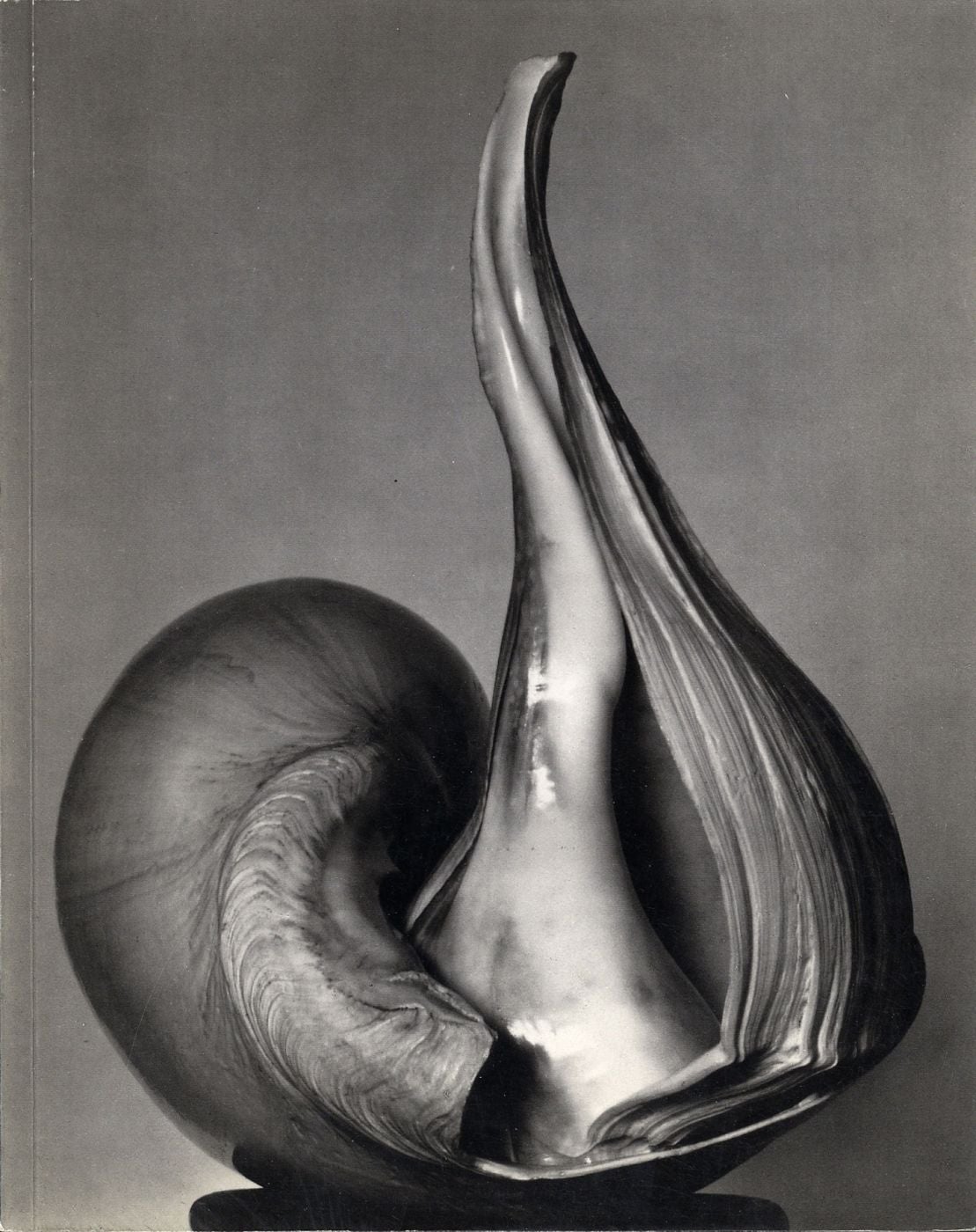
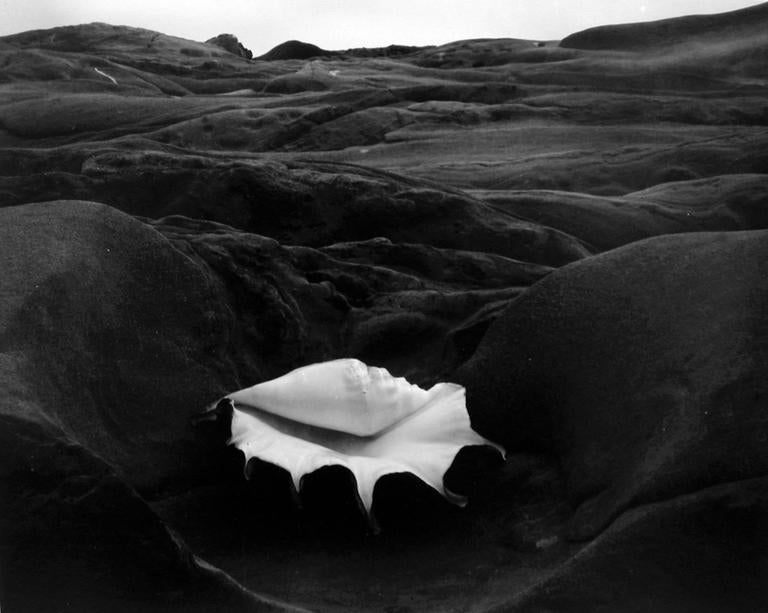
Edward Weston - Group f/64
Edward Weston is widely respected for his many contributions to the field of photography. Weston pioneered a modernist style characterized by the use of a large-format camera to create sharply focused and richly detailed black-and-white photographs forming the Group f/64.
The combination of Weston’s stark objectivity and his passionate love of nature and form gave his still lifes, portraits, landscapes, and nudes qualities that seemed particularly suited for expressing the new American lifestyle and aesthetic that emerged from California and the West between the two world wars.
In 1932, Weston, his son Brett, Ansel Adams, Imogen Cunningham, and a handful of other Bay Area photographers formed a group of like-minded realists who called themselves Group f/64, in honor of an aperture setting on a lens one stop down to in order to attain the sharpest focus in a photograph.

Pepper 30 by Edward Weston

Untitled 41 by Edward Weston

Shell and Rock Arrangement by Edward Weston
Sources: Arizona EDU
10. Mary Ellen Mark
Mary Ellen Mark was an American photographer known for her photojournalism, documentary photography, portraiture, and advertising photography. Mary Ellen Mark photographed independent homeless and troubled youth on the streets of Seattle. Her essays demonstrate original and insightful ways of examining each theme. Her photographs are compassionate and factual.
Source: Aperture

Amanda and Her Cousin Amy Valdese, North Carolina, 1990

Chrissy Damm and Adam Johnson, Llano, California, 1994

Craig Scamardo + Cheyloh Mather, Young Bull Riders - Boerne Rodeo, Texas, 1991
This image by Mary Ellen Mark depicts two young children wearing classic rodeo outfits. When I first saw this photo, my eyes were drawn to the children's outfits. The clothes the children are wearing are very complex and detailed, almost giving the audience a sense of intimidation. Something else that really caught my attention was the age and facial expressions of the subjects. They are not running around in a park, smiling or posing with their family like a stereotypical portrait of a child. Instead, the subjects are staring at the camera, both with stern, scrunched up faces. They are young but look strong and incredibly independent. This theme can be seen among many of Mary Ellen Mark's photos.
#11 Emulation Inspiration

In this picture I am really drawn to the crystal ball and the effect on the subject's face. It enlarges it as she looks through it. I love how the light hits the glass ball and the different forms of perspective.

In this photo I am really drawn to the pure colors of the flowers. The background is a strong black and frames the flowers very well. The contrasting background to the cream flowers draws my attention to the subject.

In this photo I'm really drawn to the motion of the water and the hands. The water ripples in the background and it makes the focus of the photo soft. The hands entangling gives the photo a more romantic and mysterious vibe.

I like this photo a lot because it generates sassy, girl boss, girl power energy. I like how she just stares directly into the camera, even though it also seems a bit awkward. Her presence is strong. I love how the material of the dress reflects the light and the photo is a soft focus,

I love the grace embodied in this photo. The photo generates a sense of purity, but also a sense of longing. I love the uniformness of the white in the subject's clothing as well as the dove that she is gracefully releasing.
In my own emulation photo essay, I will focus on the theme of "dreaming". The song "Dreaming of You" by Cigarettes After Sex is such a simple, light and melodic song. I think the song represents the longing and desire for unrealistic goals.
I want to shoot photos of my friend(s) on my Fujifilm Polaroid Camera. The Polaroid Camera gives a glossy and blurred look, perfect for embodying the idea of "dreaming". Underneath every picture in the little white space Polaroid film leaves, I want to write some of the lyrics of the song in Sharpie to make it more personal and make it in either book, or a string hanging format.
Source: HopefulGlitterCollectionLove on Tumblr
12. Sandy Carson
Born in 1971, Sandy Carson is a Scottish photographer, cinematographer, cyclist and musician who emigrated to the United States in 1993 to pursue a career as a bike rider after college and having toured in bands. Carson spent 15 years as a sponsored BMX rider, where he practiced his photography skills on road trips.
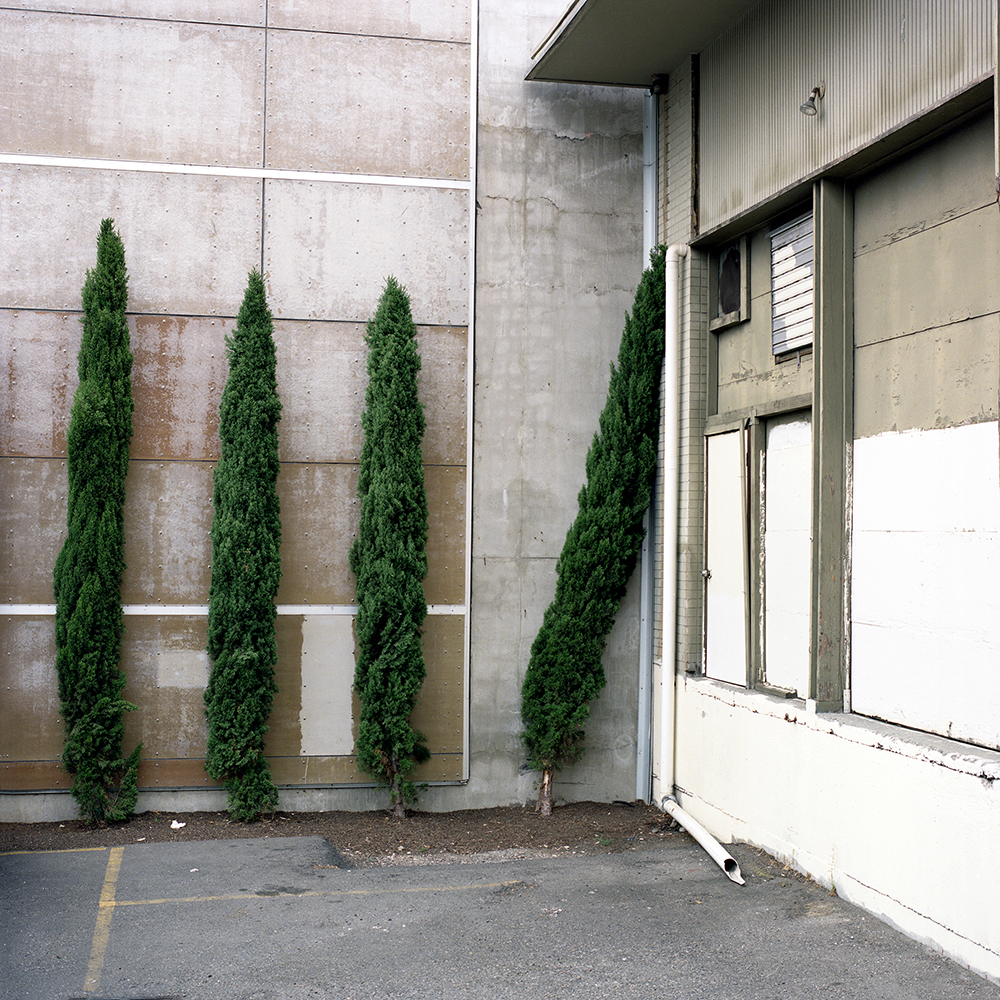
Lazy Tree, Seattle
In this photo, there is a tree that, unlike the other three next to it, is leaning to the side on the wall. I like this photo because I think that on some level it's very awkward, yet meaningful. The tree needs the wall in order to be supported. It shows dependency and differences, much like people. Everyone is built differently and some people need more support than others.
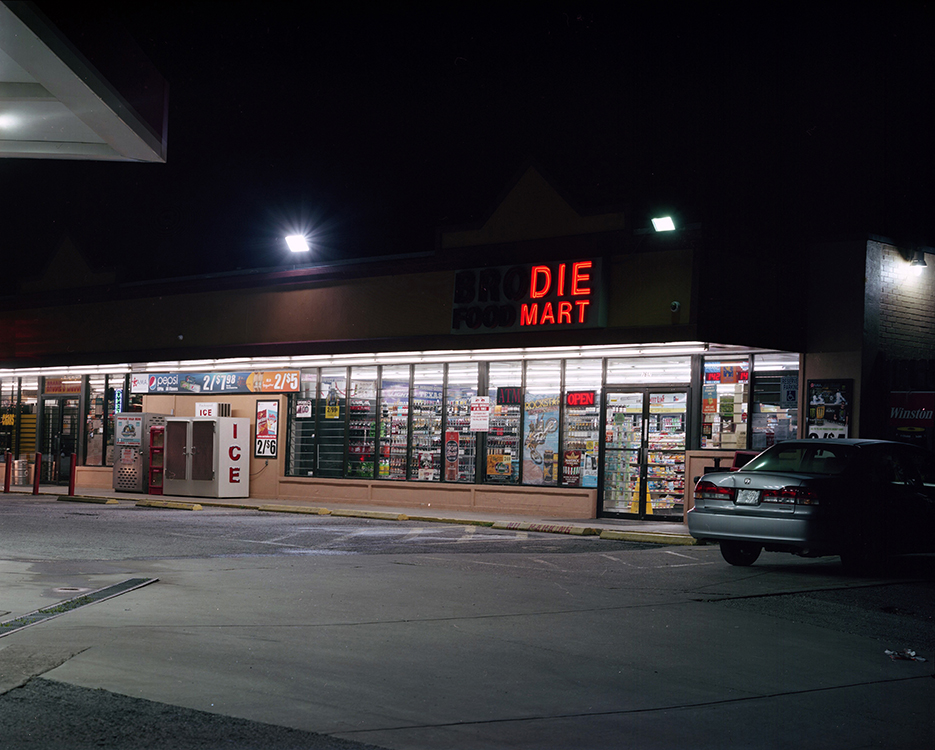
Die Mart, Austin
This photo shows a "Brodie Food Mart" in Texas that has broken lights, therefore forming the sign "Die Mart". I think this photo is very ironic. A place that sells food, with the name "Food Mart", is now named "Die Mart". Food which supports people to live has now been given a fatal name. LOL.
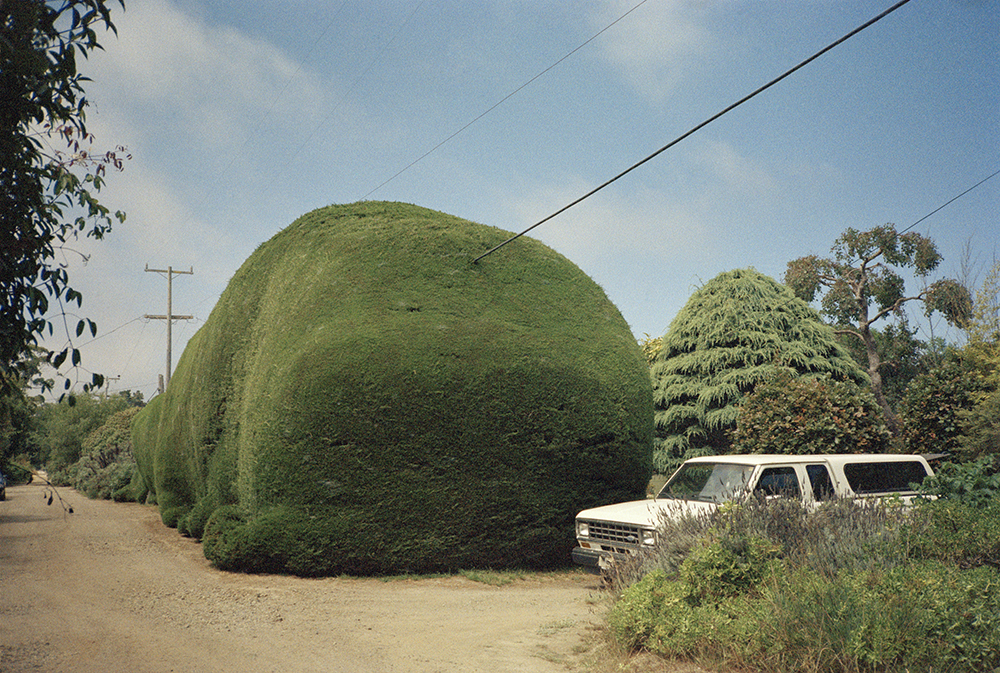
Bolinas, California
This photo shows a rural farm like scene with an outrageously big bush. Again, I enjoy the irony and humor of this photo. The big tree looks perfectly trimmed on the top, meaning someone has clearly taken good care of it. However, compared to a normal sized tree, shrub, bush and the ones around it, this one is clearly awkwardly shaped. It gives the photo a lot of dimension and makes me giggle.
13. Vivian Maier
Vivian Maier was an American street photographer. Maier worked as a nanny, pursuing photography during her spare time. She took more than 150,000 photographs during her lifetime. However, during her lifetime, Maier's photographs were unknown and unpublished. Chicago-based collectors found some of Maier's prints and negatives in her boxes and suitcases. Maier's photographs were first published on the Internet in July 2008, by Slattery, but the work received little response. In October 2009, Maloof linked his blog to a selection of Maier's photographs on the image-sharing website Flickr, and the results went viral. Since then, Maier's photographs have been exhibited around the world.

Vivian Maier Self Portrait, 1954
In this famous photo, Vivian Maier stands by a reflective window and points her camera in the window, like a 50s mirror selfie. I really like she isn't looking directly into the camera in this photo. When I see it, I peer into her eyes and look at the window, trying to see what she is seeing. Is there something cool in the store?
10. Mary Ellen Mark
Mary Ellen Mark was an American photographer known for her photojournalism, documentary photography, portraiture, and advertising photography. Mary Ellen Mark photographed independent homeless and troubled youth on the streets of Seattle. Her essays demonstrate original and insightful ways of examining each theme. Her photographs are compassionate and factual.
Source: Aperture

Amanda and Her Cousin Amy Valdese, North Carolina, 1990

Chrissy Damm and Adam Johnson, Llano, California, 1994

Craig Scamardo + Cheyloh Mather, Young Bull Riders - Boerne Rodeo, Texas, 1991
This image by Mary Ellen Mark depicts two young children wearing classic rodeo outfits. When I first saw this photo, my eyes were drawn to the children's outfits. The clothes the children are wearing are very complex and detailed, almost giving the audience a sense of intimidation. Something else that really caught my attention was the age and facial expressions of the subjects. They are not running around in a park, smiling or posing with their family like a stereotypical portrait of a child. Instead, the subjects are staring at the camera, both with stern, scrunched up faces. They are young but look strong and incredibly independent. This theme can be seen among many of Mary Ellen Mark's photos.
#11 Emulation Inspiration

In this picture I am really drawn to the crystal ball and the effect on the subject's face. It enlarges it as she looks through it. I love how the light hits the glass ball and the different forms of perspective.

In this photo I am really drawn to the pure colors of the flowers. The background is a strong black and frames the flowers very well. The contrasting background to the cream flowers draws my attention to the subject.

In this photo I'm really drawn to the motion of the water and the hands. The water ripples in the background and it makes the focus of the photo soft. The hands entangling gives the photo a more romantic and mysterious vibe.

I like this photo a lot because it generates sassy, girl boss, girl power energy. I like how she just stares directly into the camera, even though it also seems a bit awkward. Her presence is strong. I love how the material of the dress reflects the light and the photo is a soft focus,

I love the grace embodied in this photo. The photo generates a sense of purity, but also a sense of longing. I love the uniformness of the white in the subject's clothing as well as the dove that she is gracefully releasing.
In my own emulation photo essay, I will focus on the theme of "dreaming". The song "Dreaming of You" by Cigarettes After Sex is such a simple, light and melodic song. I think the song represents the longing and desire for unrealistic goals.
I want to shoot photos of my friend(s) on my Fujifilm Polaroid Camera. The Polaroid Camera gives a glossy and blurred look, perfect for embodying the idea of "dreaming". Underneath every picture in the little white space Polaroid film leaves, I want to write some of the lyrics of the song in Sharpie to make it more personal and make it in either book, or a string hanging format.
Source: HopefulGlitterCollectionLove on Tumblr
12. Sandy Carson
Born in 1971, Sandy Carson is a Scottish photographer, cinematographer, cyclist and musician who emigrated to the United States in 1993 to pursue a career as a bike rider after college and having toured in bands. Carson spent 15 years as a sponsored BMX rider, where he practiced his photography skills on road trips.

Lazy Tree, Seattle
In this photo, there is a tree that, unlike the other three next to it, is leaning to the side on the wall. I like this photo because I think that on some level it's very awkward, yet meaningful. The tree needs the wall in order to be supported. It shows dependency and differences, much like people. Everyone is built differently and some people need more support than others.

Die Mart, Austin
This photo shows a "Brodie Food Mart" in Texas that has broken lights, therefore forming the sign "Die Mart". I think this photo is very ironic. A place that sells food, with the name "Food Mart", is now named "Die Mart". Food which supports people to live has now been given a fatal name. LOL.

Bolinas, California
This photo shows a rural farm like scene with an outrageously big bush. Again, I enjoy the irony and humor of this photo. The big tree looks perfectly trimmed on the top, meaning someone has clearly taken good care of it. However, compared to a normal sized tree, shrub, bush and the ones around it, this one is clearly awkwardly shaped. It gives the photo a lot of dimension and makes me giggle.
13. Vivian Maier
Vivian Maier was an American street photographer. Maier worked as a nanny, pursuing photography during her spare time. She took more than 150,000 photographs during her lifetime. However, during her lifetime, Maier's photographs were unknown and unpublished. Chicago-based collectors found some of Maier's prints and negatives in her boxes and suitcases. Maier's photographs were first published on the Internet in July 2008, by Slattery, but the work received little response. In October 2009, Maloof linked his blog to a selection of Maier's photographs on the image-sharing website Flickr, and the results went viral. Since then, Maier's photographs have been exhibited around the world.

Vivian Maier Self Portrait, 1954
In this famous photo, Vivian Maier stands by a reflective window and points her camera in the window, like a 50s mirror selfie. I really like she isn't looking directly into the camera in this photo. When I see it, I peer into her eyes and look at the window, trying to see what she is seeing. Is there something cool in the store?

Fall New York, 1953
This photo shows a man walking on crutches being helped by policemen and a man dressed in a suit and passerbyers on the street observing the scene. This photo is really interesting to me because it shows people almost being stopped, like the men on the outer edge of the photo, to watch this poor man try to walk. It makes me wonder, what was going on? Who are these people? It also shows the "bystander effect". People stand and stare and don't do anything about what they are watching.

Christmas Eve, 1953
This photo shows a man being held up by a policeman and another man dressed in a suit. He is being supported and almost dragged by them down the street of New York. This photo is really intriguing for me. Maier was a nanny, yet her photos depict an adventurous spirit about her. Her photos make me think a lot. What is going on? Where was she and how did she find so many interesting scenes to capture?





Comments
Post a Comment